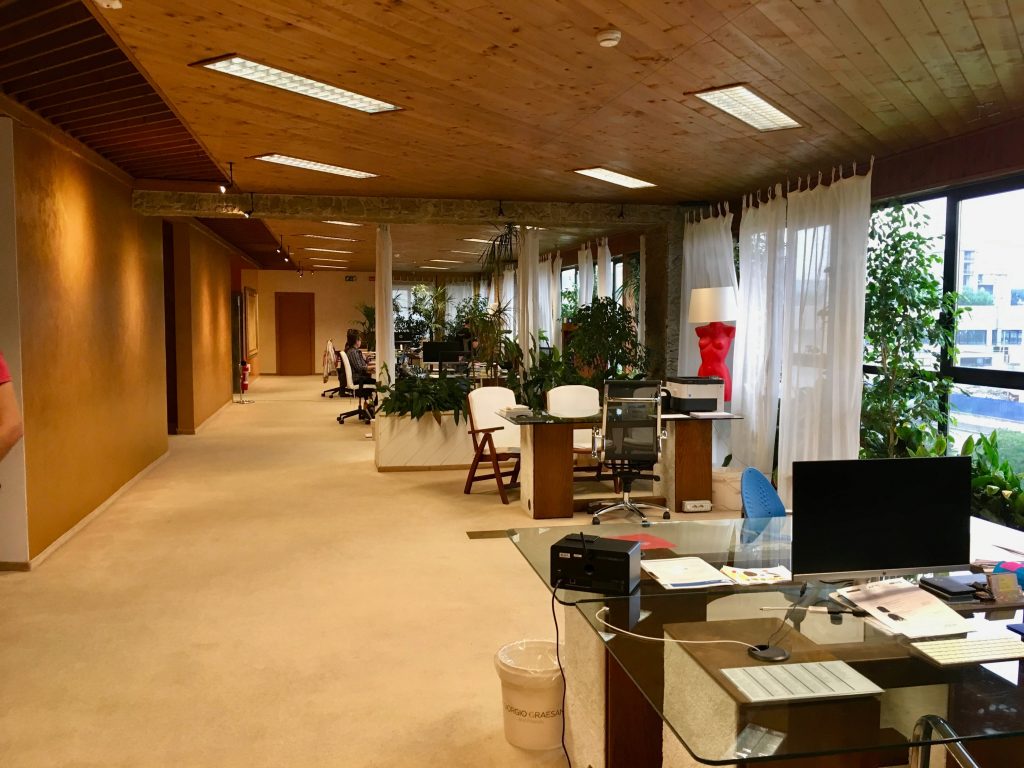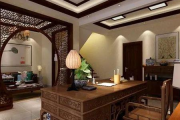Port Lighting Design Points
1. Brief introduction
Global warming and the deterioration of human living environment make energy conservation and emission reduction an urgent task in my country’s future economic development.
Port energy-saving lighting is an important part of port energy-saving and emission reduction.
At present, the energy-saving lighting products suitable for ports are uneven, and it is necessary to select suitable lighting products according to certain evaluation standards.
This article briefly explains the application of energy-saving lighting products in port warehouses.
Port lighting includes general lighting, mixed lighting and office lighting.
General lighting and mixed lighting can be summarized as production lighting.
General lighting mainly includes yard lighthouse (high pole light) lighting, gate lighting, maintenance workshop and warehouse, etc.
The hybrid lighting refers to the local lighting of the equipment working area when the equipment is working, which is mainly installed on the equipment (such as quay cranes, yard bridges, gantry cranes, ship unloaders, etc.).
Lighting in different areas has different working environments, and lamps need to meet certain light distribution and performance requirements.
Therefore, appropriate energy-saving lamps must be selected according to the specific working environment.
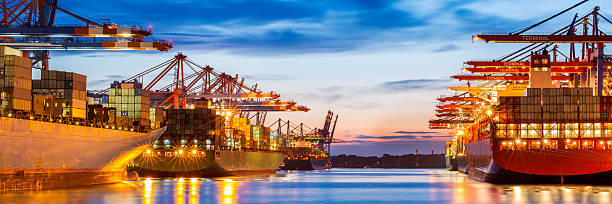
2. Characteristics and needs of port lighting
Analyze lighting characteristics and main performance parameters of lamps from different lighting areas.
(1) General indoor lighting
Indoor lighting with general requirements such as offices and electrical rooms generally adopts fluorescent lamps, which require high color rendering and not dazzling.
(2) Indoor lighting of production sites
Indoor lighting such as gates, maintenance workshops and warehouses (non-explosion-proof places) generally use 250-400 W metal halide lamps, which require high color rendering.
Warehouses where inflammable and explosive items are placed need to be equipped with explosion-proof lamps.
(3) Lighthouse lighting in storage yard
The lighting of the yard lighthouse (high pole light) belongs to large-area outdoor lighting, generally using 400-1000 W sodium lamps.
The light is required to have good fog permeability (the light source should be yellow light or yellow light mainly), and the lamps and lanterns are required to have good waterproof and dustproof (above IP65) and anti-corrosion ability (above WF I).
(4) Local lighting of equipment
The local lighting of the equipment belongs to small-area outdoor lighting. Generally, 400-1000 W sodium lamps are used, and the lights are required to have good fog permeability (the light source should be mainly yellow light or yellow light).
In addition to the requirements of waterproof and dustproof (IP65) and anti-corrosion capabilities (above WF I), lamps and lanterns are also required to have strong vibration resistance (quay cranes, ship unloaders, gantry cranes, and other rail-based equipment on which the lamps are installed). The vibration intensity is higher than that of tire hoists and other equipment with tire buffers).
At the same time, the lamps need to have a wide voltage working capability, because the lighting voltage fluctuates strongly when the equipment is in operation, especially for door cranes and tire cranes.
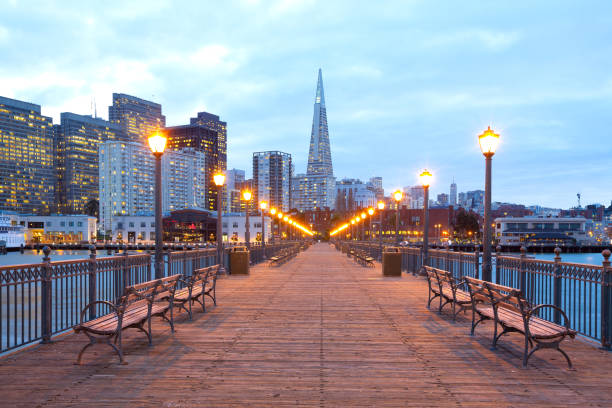
3. Ideas for energy-saving lighting
No matter what kind of lighting equipment, the premise is that the illuminance (brightness) in the working surface must meet the work requirements.
On this basis, energy-saving lighting is realized by lighting equipment with lower power consumption.
To achieve energy-saving lighting, there are the following 3 ideas, and many energy-saving lighting devices are realized by taking one or more of them:
(1) Improve the light efficiency of the light source
Choose a light source with high luminous efficiency (lm/W) (more light per watt of electricity). For example, the luminous efficiency of incandescent lamps is only 5.0 to 15.0 lm/W, while the luminous efficiency of fluorescent lamps reaches 50.0 to 60.0 lm/ W, so the use of 8.0 W fluorescent lamps for home lighting can replace the original 40.0 W incandescent lamps, achieving 80% energy saving.
(2) Improve the efficiency of converting electrical energy into light energy
Improve the power efficiency of the ballast and reduce the power consumed by the non-light source. For example, replace the original inductive ballast with an electronic ballast. The electronic power efficiency of the electronic ballast is above 90%, while the efficiency of the inductive ballast is low. At 85%, and the output power of the magnetic ballast varies with the input voltage, when the voltage is high at night, the magnetic ballast will consume more power.
(3) Improve the effective utilization of light
First, let more of the light from the light source come out of the light fixture (the light fixture is more reflective).
Secondly, let the light from the luminaire shine more on the area that needs to be illuminated, and reduce the waste of light (the secondary light distribution system of the luminaire).
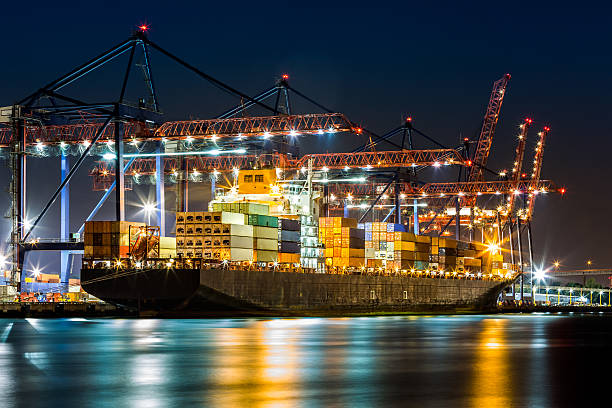
4. Comparative analysis of energy-saving lamps
At present, the energy-saving lamps available in the port field can be divided into electrodeless lamps, LED and ceramic metal halide lamps according to the light sources used.
(1) Electrodeless lamp
Good color rendering, instant bright, long life.
However, it has poor vibration resistance, poor light penetration, and low lighting efficiency, so it is not suitable for long-distance lighting and lighting in vibration places.
Equipped with low-frequency electronic ballasts, it can be used in maintenance workshops, parking lots, warehouses and other areas where the installation height is below 10.0 m.
(2) LED lights
Good color rendering, instant bright, power can be changed, good vibration resistance.
However, high-power lamps have fast light decay, dazzling, and poor penetration, so they are not suitable for long-distance lighting.
It is suitable for office lighting (with anti-glare treatment), lighthouses, warehouses and other places below 30.0 m, as well as the lighting of equipment such as field bridges.
(3) Ceramic metal halide lamp
Good color rendering, good vibration resistance, long life, the same structure as traditional sodium lamps, good penetration.
However, the interval between the second restarts is long, and it is not suitable for places that require multiple rapid restarts.
It is suitable for lighting in most places with installation distance greater than 6.0 m.
The selection principle of port energy-saving lamps needs to be determined according to different lighting areas:
(1) Office lighting
Considering the lighting needs and the characteristics of energy-saving lamps, the office should choose LED flat lamps, LED anti-glare fluorescent lamps and other LED lamps as the light source.
(2) Field lighting belongs to long-distance lighting, which requires lamps with long-distance projection ability and good fog permeability. Ceramic metal halide lamps can be used.
(3) Electrode lamps, ceramic metal halide lamps and LED floodlights can be used in gates, warehouses, maintenance workshops and other places.
(4) The lamps and lanterns on the equipment should have good vibration resistance and fog permeability, and the projected light should not be too scattered to ensure the illumination in the operation area, and ensure that the illumination of the operation surface is as uniform as possible.
Equipment such as field bridges that are not lifted high by spreaders can use LED lamps and ceramic metal halide lamps.
Ceramic metal halide lamps can be used for lifting equipment such as quay cranes.
(5) The protection level of all outdoor lamps must be above IP65, and the anti-corrosion level must be greater than WFI.
(6) The selection and installation of all lamps should avoid dazzling the operator.
(7) All lamps should be as light as possible for easy installation and maintenance.
At the same time, the maintenance difficulty of lamps should be reduced as much as possible.
(8) The choice of energy-saving lamps should consider the comparison of one-time investment and long-term benefits.
In principle, the investment should be recovered within 3 years.
(9) It is more cost-effective to consider energy-saving lighting equipment in the construction of new equipment and new sites, which can not only save electricity costs, but also offset the energy-saving lamps by saving the investment of cables (thinner) and transformers (lower capacity) due to the reduction of power. The cost of overruns (energy-saving lamps are higher than the purchase cost of traditional lamps).
5. Concluding
Due to the significant differences in lighting places in dock lighting, it is required that the performance of energy-saving lamps should be fully certified in the implementation of energy-saving lighting in docks. When choosing lamps, certain principles need to be followed: (1) Electrodeless lamps are not suitable for most areas of the dock due to their own technical characteristics. (2) Under the current state of technology, LED lamps have lower lifespan (fast light decay) and poor penetration due to the greater the power of the lamps.
Therefore, more low-power LED lamps should be selected, which can be used for indoor lighting.
- After the ceramic metal halide lamp has passed the secondary light distribution, the structure of the lamp is the same as that of the traditional sodium lamp, and it is suitable for indoor and outdoor places higher than 6.0 m.





